WEBINAR
Getting Audit-Ready with Effective Strategies for Managing Electronic Records
Organizations generate and retain a variety of records during day-to-day operations and as a part of their management system. Records related to measurements, internal audits, customer complaints, process improvements, personnel competence, and many others provide objective evidence of the activities performed and are often used in internal audits and external assessments to demonstrate conformance to requirements. It is important for records to be legible and readily-available, including tracking amendments to records, where necessary.
Records can be paper, hard-copy records, electronic records or a combination of the two. Managing electronic records poses unique challenges that are not found with paper records. In this webinar we will define electronic records while taking a look at ISO requirements related to electronic records. Requirements will be discussed from several standards, including ISO/IEC 17025 and ISO 9001. We will then discuss the need to track amendments to electronic records and mechanisms for doing so. Lastly, we will explore the components of electronic records management systems while discussing strategies for managing electronic records.
Key Takeaways
- Define electronic records
- Understand ISO requirements for electronic records
- Identify components of electronic records management systems
- Learn strategies for managing electronic records
Presenter
ANAB’s Technical Products Developer has over 20 years of experience in quality assurance, quality control, and quality management. She has worked in several different industries, including chemical, biological, oil and gas, and aerospace. Her main role in each of these industries was the development of management systems, including internal audit programs, vendor qualification procedures, and implementation of lean six sigma. Currently, the Technical Products Developer for ANAB designs and delivers training courses and supports client outreach through business development activities. Her role serves as a technical resource to customers, assessors, and other interested parties.
